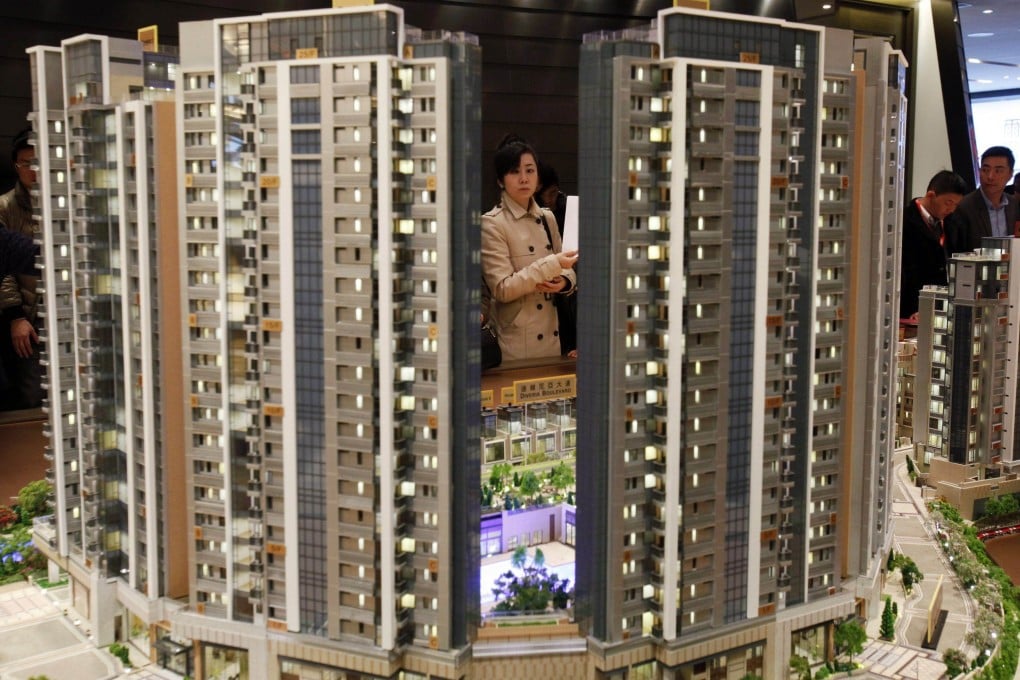China’s expanding middle class is starting to look a lot like the US’, but it’s not a good thing
- Housing is increasingly unaffordable for China’s middle class, and household debt levels are rising
- China’s middle class faces the real possibility of not being able to do better than their parents

China’s middle class has grown explosively in the past 20 years.
In 2000, roughly 3 per cent of the country’s population was classified as middle class. By 2018, more than half of China’s population – 707 million people – had entered the country’s middle-income bracket, according to calculations from the Centre for Strategic and International Studies that defined the middle class as those spending between US$10 and US$50 a day.
In its most recent middle-class analysis, the Pew Research Centre in 2016 classified 52 per cent of the US population as middle class.
It’s very difficult to move upward, but there is a risk for them to move down, and that’s something new. They might be hitting a ceiling
Methodology for defining the middle class varies, but many experts – including Pew – define the middle class globally as those who live on US$10.01 to US$20 a day per person, which straddles the poverty line in the United States.
And while the growth of China’s middle class is a good thing – those 707 million people have risen out of poverty, after all – some of the similarities it now shares with the US are distinctly less positive.